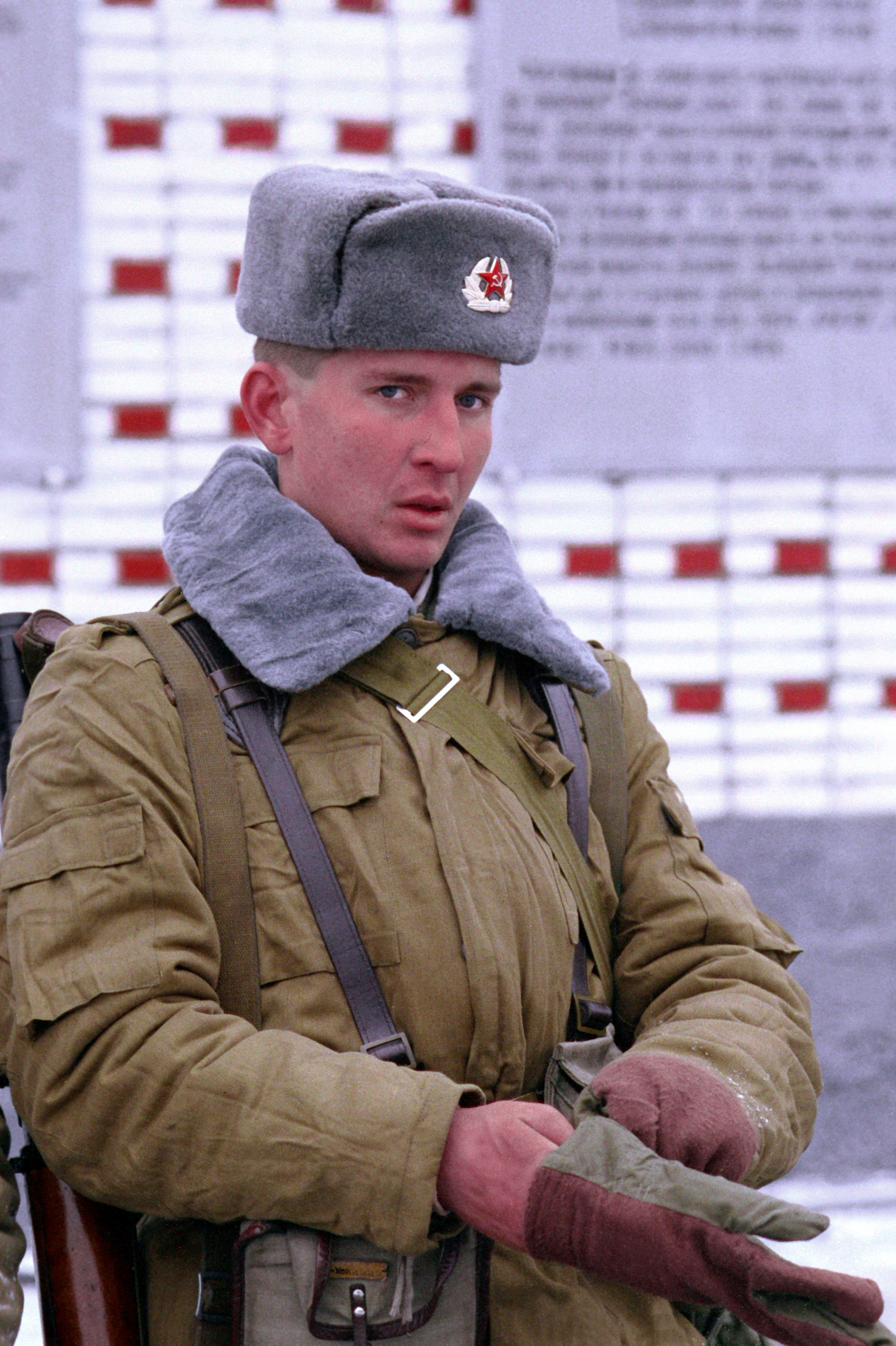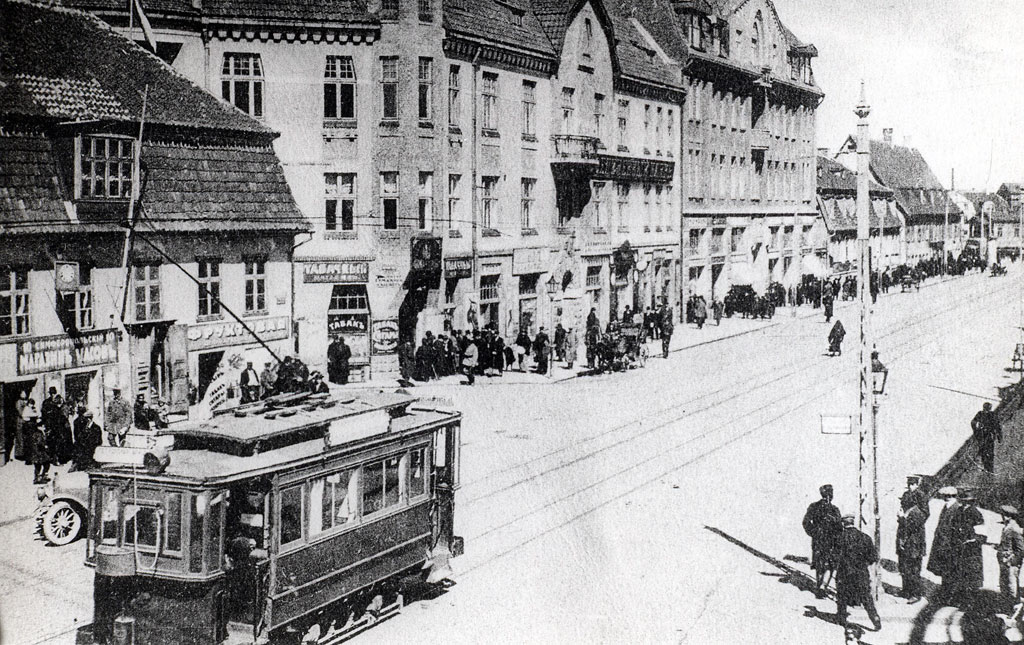|
Garri Bardin
Garri Yakovlevich Bardin (; born September 11, 1941) is a Soviet and Russian animation director, screenwriter, producer and actor best known for his experimental musical and stop motion films.''Sergei Kapkov (2006)''. Encyclopedia of Domestic Animation, pp. 92-94 He was awarded the 1988 Short Film Palme d'Or for the ''Fioritures'' cartoon and the Order of Honour in 2011. [...More Info...] [...Related Items...] OR: [Wikipedia] [Google] [Baidu] |
Fakty I Kommentarii
''Fakty ta Komentari'' ({{langx, uk, Факти та коментарі, translated as ''Facts and Comments'') is a Ukrainian weekly newspaper published since August 1997. Fakty was published five times a week except Sundays and Mondays till January 2018. In 2018 it has turned to weekly. Oleksandr Shvets is editor-in-chief and the owner. The edition was a property of EastOne Group till June 2016. History The newspaper began coming out in August 1997. The long detailed headline for each article is the paper's style feature. According to TNS ''Fakty ta Komentari'' were second among weeklies since 2006 till 2009. In 2010 the edition become a leader of the “Common Interest Editions” segment. At that time the readership of its one issue was more than 1.300.000 persons. In 2009, the newspaper had to close its distribution net because of the 2008 financial crisis The 2008 financial crisis, also known as the global financial crisis (GFC), was a major worldwide financial cr ... [...More Info...] [...Related Items...] OR: [Wikipedia] [Google] [Baidu] |
The Flying Ship (animated Film)
''The Flying Ship'' () is a Soviet musical cartoon film directed by Garri Bardin in 1979 based on the Eastern European folk tale of the same name. The cartoon features songs by Yuri Entin to the music of Maksim Dunayevsky. In 2024, a remake with the same title was released. Plot The Tsar wants to marry his daughter Princess Zabava to his rich boyar Polkan. But Zabava does not want to marry Polkan, because he is ugly and evil, and she does not love him, and he does not love her. Polkan only needs the tsar's personal connections to increase his wealth and the status of heir to the throne. A simple chimney sweep, Vanya, falls in love with Zabava. The love turns out to be mutual. Zabava asks Vanya how he will rescue her. He proposes to build a flying ship. Zabava tells the king that she will only marry the one who builds a flying ship. The Tsar asks Polkan if he will build it, to which he replies that he will buy it. The heroes take turns singing about their dreams, from which i ... [...More Info...] [...Related Items...] OR: [Wikipedia] [Google] [Baidu] |
Anthology Series
An anthology series is a written series, radio, television, film, or video game series that presents a different story and a different set of characters in each different episode, season, segment, or short. These usually have a different cast in each episode, but several series in the past, such as '' Four Star Playhouse'', employed a permanent troupe of character actors who would appear in a different drama each week. Some anthology series, such as '' Studio One'', began on radio and then expanded to television. Etymology The word comes from Ancient Greek (, "flower-gathering"), from (, "I gather flowers"), from (, "flower") + (, "I gather, pick up, collect"), coined by Meleager of Gadara circa 60BCE, originally as ( (, "garland")) to describe a collection of poetry, later retitled anthology – see Greek Anthology. were collections of small Greek poems and epigrams, because in Greek culture the flower symbolized the finer sentiments that only poetry can express. ... [...More Info...] [...Related Items...] OR: [Wikipedia] [Google] [Baidu] |
Happy Merry-Go-Round
''Happy Merry-Go-Round'' () is a long-running Soviet and Russian animated anthology series created by Anatoly Petrov and Galina Barinova for Soyuzmultfilm in 1969. It is presented as a collection of 2–4 experimental shorts by various young directors. The original series ran from 1969 to 2001 and was released theatrically during the Soviet days and on television in the Russian Federation. 2012 saw the revival of the series. History The idea of the animated "newsreel" anthology (or a "children's animated magazine" as it was known in the Soviet Union) came to Anatoly Petrov and his wife Galina Barinova, both experienced animators at Soyuzmultfilm who hadn't been given a chance to direct their own films before. It was conceived as a proving ground for experimental animation by beginning directors based on riddles, rhymes, songs, absurd stories and so on.''Sergei Asenin (2012)''The World of Animation — Moscow: Print-on-Demand, pp. 76-77 The series aired in 1969 as a collection ... [...More Info...] [...Related Items...] OR: [Wikipedia] [Google] [Baidu] |
Soyuzmultfilm
Soyuzmultfilm ( rus, Союзмультфи́льм, p=səˌjʉsmʊlʲtˈfʲilʲm , ''Unioncartoon'') (also known as SMF Animation Studio in English, formerly known as Soyuzdetmultfilm, ''Unionchildcartoon'') is a Russian animation studio, production, and distribution company based in Moscow. Launched on June 10, 1936 as the animated film production unit of the U.S.S.R.'s motion picture monopoly, GUKF, Soyuzmultfilm has produced more than 1,500 cartoons. Soyuzmultfilm specializes in the creation of animated TV series, feature films and short films. The studio has made animated films in a wide variety of genres and art techniques, including stop motion, hand-drawn, 2D and 3D techniques. The "Golden Collection" of Soyuzmultfilm, produced from the beginning of the 1950s and to the end of the 1980s, is considered to be the classics of the animation medium and the best works of world-renowned directors, production designers and animators. Among the studio's best-known films are ' ... [...More Info...] [...Related Items...] OR: [Wikipedia] [Google] [Baidu] |
Gogol Center
The Gogol Center, formerly Gogol Theatre, is a multi-use arts complex in Moscow that was home to Russia's leading avant-garde theater. In June 2022 it was closed down by the Russian Government, along with an announcement that it would be renamed Nikolai Gogol Drama Theatre. Starting life as a theatre company called Drama and Comedy Theatre in 1925, the theatre has undergone a succession of renamings, including Moscow Theatre of Transport and Central Theatre of Transport, as the company originally served railway workers. It was first named after writer Nikolai Gogol on the 150th anniversary of his birth, in 1935. The building is located at 8A Kazakova Street, Moscow. Early history The Drama and Comedy Theatre, a theatre company, was founded in 1925 with the intention of serving railway workers, and managed by K. Golovanov. In 1930, it was passed to government control, under an administrative unit for Literature and Art Affairs (Glaviskusstvo) at the RSFSR Ministry of Educatio ... [...More Info...] [...Related Items...] OR: [Wikipedia] [Google] [Baidu] |
Moscow Art Theatre School
Moscow Art Theatre School () is the studio school of the Moscow Chekhov Art Theatre. It is a state educational institution that has existed since 1943. The initiator of the studio school was Vladimir Nemirovich-Danchenko.Школа-студия МХАТ: История mhatschool.theatre.ru Open three faculties — the cast (training — 4 years, the competition — 30 per place), staging (training — 5 years, the contest — 3 persons per place) and Producer (training — 5 years, the competition — 4 persons per place). Form of study — full-time. History  The id ...
The id ...
[...More Info...] [...Related Items...] OR: [Wikipedia] [Google] [Baidu] |
Soviet Army
The Soviet Ground Forces () was the land warfare service branch of the Soviet Armed Forces from 1946 to 1992. It was preceded by the Red Army. After the Soviet Union ceased to exist in December 1991, the Ground Forces remained under the command of the Commonwealth of Independent States until it was formally abolished on 14 February 1992. The Soviet Ground Forces were principally succeeded by the Russian Ground Forces in Russian territory. Outside of Russia, many units and formations were taken over by the post-Soviet states; some were withdrawn to Russia, and some dissolved amid conflict, notably in the Caucasus. While the Ground Forces are commonly referred to in English language sources as the Soviet Army, in Soviet military parlance the term '' armiya'' (army) referred to the combined land and air components of the Soviet Armed Forces, encompassing the Ground Forces as well as the Strategic Rocket Forces, the Air Defence Forces, and the Air Forces. After World W ... [...More Info...] [...Related Items...] OR: [Wikipedia] [Google] [Baidu] |
Baltic Fleet
The Baltic Fleet () is the Naval fleet, fleet of the Russian Navy in the Baltic Sea. Established 18 May 1703, under Tsar Peter the Great as part of the Imperial Russian Navy, the Baltic Fleet is the oldest Russian fleet. In 1918, the fleet was inherited by the Russian Soviet Federative Socialist Republic, Russian SFSR which then founded the Soviet Union in 1922, where it was eventually known as the Twice Red Banner(ed) Baltic Fleet as part of the Soviet Navy, as during this period it gained the two awards of the Order of the Red Banner. Following the collapse of the Soviet Union in 1991, the Baltic Fleet was inherited by the Russian Federation and reverted to its original name as part of the Russian Navy. The Baltic Fleet is headquartered in Kaliningrad and its main base is in Baltiysk (Pillau), both in Kaliningrad Oblast, while another base is in Kronstadt, Saint Petersburg, in the Gulf of Finland. Imperial Russia The Imperial Russian Baltic Fleet was created during the Gre ... [...More Info...] [...Related Items...] OR: [Wikipedia] [Google] [Baidu] |
Latvian Soviet Socialist Republic
The Latvian Soviet Socialist Republic (Also known as the Latvian SSR, or Latvia) was a constituent republic of the Soviet Union from 1940 to 1941, and then from 1944 until 1990. The Soviet occupation and annexation of Latvia began between June and August 1939, according to the agreed terms of the secret protocol of the Molotov–Ribbentrop Pact. In 1939, Latvia was forced to give military bases on its soil to the Soviet Union, and in 1940 the Red Army moved into Latvia, effectively annexing it into the Soviet Union. The territory changed sides during World War II, with Nazi Germany occupying a large portion of Latvian territory from 1941 until the Red Army entered Latvia in 1944 with the final territory occupied by the Germans liberated in 1945. The Soviet occupation of the Baltic states from 1939 to 1940 and then from 1944 to 1991 was widely considered illegal by the international community and human rights organizations. [...More Info...] [...Related Items...] OR: [Wikipedia] [Google] [Baidu] |
Liepāja
Liepāja () (formerly: Libau) is a Administrative divisions of Latvia, state city in western Latvia, located on the Baltic Sea. It is the largest city in the Courland region and the third-largest in the country after Riga and Daugavpils. It is an important ice-free port. In the 19th and early 20th century, it was a favourite place for sea-bathers and travellers, with the town boasting a fine park, many pretty gardens and a theatre. Liepāja is however known throughout Latvia as the "City where the wind is born", likely because of the constant sea breeze. A song of the same name () was composed by Imants Kalniņš and has become the anthem of the city. Its reputation as the windiest city in Latvia was strengthened with the construction of the largest wind farm in the nation (33 Enercon wind turbines) nearby. Liepāja is chosen as the European Capital of Culture in 2027. Names and toponymy The name is derived from the Livonian language, Livonian word ''Liiv,'' which means "sand" ... [...More Info...] [...Related Items...] OR: [Wikipedia] [Google] [Baidu] |



